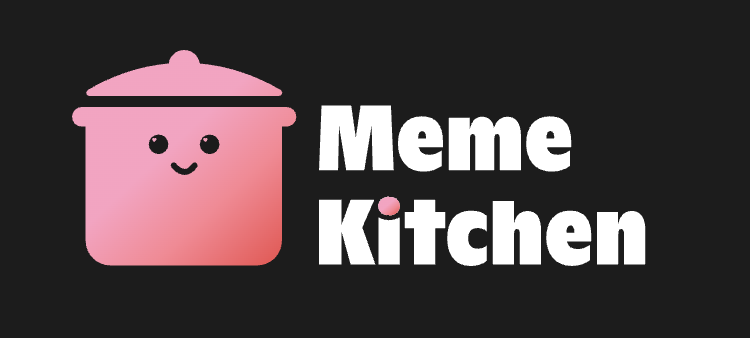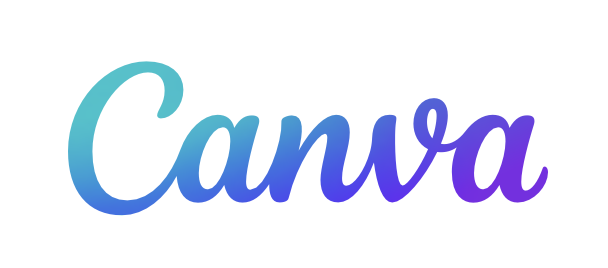
Meme Marketing in 2025: The Role of AI Meme Generators
Meme Marketing in 2025: The Role of AI Meme Generators
The Evolving Landscape of Meme Marketing
Ever wondered how a simple concept like a “meme” became a powerhouse in digital marketing? While evolutionary biologist Richard Dawkins coined the term in 1976, it wasn’t until the mid-2000s that memes like Bad Luck Brian and Doge began dominating the internet. By 2019, memes such as This is Fine (a dog calmly sipping coffee in a burning room) and Zoom Fatigue (capturing the realities of remote work and pandemic life) had evolved into cultural and marketing phenomena.
Memes thrive on raw emotion, tapping into shared experiences that deeply resonate with audiences. This connection ignites a natural urge to share, amplifying the message across audiences. For brands, this unique quality can drive real engagement and lasting recognition, helping them rise above the digital noise.
AI Meme Generators: Tools for Creating Shareable Content
Manual image editing in Photoshop has been largely replaced by AI-powered meme generators as of 2024. Tasks that once required hours of effort now take just a few clicks. Brands can generate high-quality, customized memes efficiently, enabling faster content production. Some popular AI meme generators include:

Meme Kitchen: An AI-powered meme generator that allows users to create memes tailored to specific needs and target audiences in just a few clicks.

Imgflip: A widely-used online meme generator offering a vast library of templates and a user-friendly interface.

Canva Meme Maker: A versatile graphic design tool featuring a range of meme templates and customization options.
Each tool provides unique features, empowering brands and creators to choose the best fit for their marketing goals.
Effective Strategies for Meme Marketing Success
Succeeding in meme marketing isn’t about grand gestures; it’s about striking the right emotional chord. Memes succeed when they’re concise, timely, and capture shared experiences. Here are five key strategies to optimize your meme marketing efforts:

1. Know your audience deeply: Tailor memes to resonate with your audience’s interests, values, and cultural references.
2. Leverage current trends: Use trending formats and hot topics to ensure your content remains relevant.
3. Streamline creation with AI tools: Utilize AI meme generators to produce high-quality content quickly and at scale.
4. Measure and optimize performance: Regularly analyze engagement data to refine memes for maximum impact.
5. Integrate into a broader marketing strategy: Ensure your meme campaigns align with and support your overall marketing initiatives.
Real-World Examples of AI Meme Marketing Campaigns
In 2024, several international brands effectively leveraged meme marketing to achieve viral success. Here are three notable examples:
1. Paris 2024 Olympics' Social Media Campaign
The Paris 2024 Olympics fully embraced meme culture to connect with a global audience. A prime example is the playful photoshopped image of Brazilian surfer Gabriel Medina, originally captured mid-air during a competition. The Paris 2024 X account humorously placed Medina in space, alongside the message, "Let's visit a friend in space 🧑🚀" and the hashtag #Paris2024. This creative post quickly gained traction and sparked further meme creation. Additionally, the Paris 2024 account shared other engaging and meme-driven content, like a tweet asking, "Please confirm," which added to the fun and interactive nature of their digital presence. These clever and humorous posts were essential in keeping the event relevant and engaging across platforms.
Please confirm. #Paris2024 pic.twitter.com/nghHGoEC7W
— Paris 2024 (@Paris2024)
July 31, 2024
X post from @Paris2024
2. Loewe's Meme-Inspired Designs
Loewe earned the title of "Meme Maker of the Year" in 2024 for its bold approach to integrating internet culture into high fashion. A key example of this was the viral tomato bag, which became an instant meme sensation across platforms like Instagram and TikTok. Its playful, oversized design, resembling a tomato, tapped into the growing trend of quirky, unexpected fashion pieces that blend humor with luxury. The bag’s exaggerated shape and whimsical appeal made it a perfect fit for meme culture, where users embraced it for its tongue-in-cheek design and creative potential for humorous remixes. The tomato bag quickly became a symbol of fun, lighthearted fashion, making Loewe a favorite among meme-savvy audiences and further cementing the brand’s connection to internet-driven trends.
This tomato is so Loewe I can’t explain it https://t.co/0zS7HjHxGv
— CONNOR (@homocowboi)
June 3, 2024
X post from @homocowboi
3. Guinness's "Splitting the G" Challenge
Guinness tapped into meme culture with the viral "Splitting the G" challenge, where users attempted to pour a pint of Guinness in the shape of the letter "G". The brand didn’t create the meme but effectively embraced it, amplifying its reach across TikTok and Instagram. By leveraging this internet-driven trend, Guinness engaged a younger, digital-savvy audience, boosting brand visibility and sparking a surge in demand. This meme-inspired campaign helped rejuvenate the brand’s image and strengthened its connection to internet culture
Sinead O’Connor would be proud, wouldn’t she? @SenseiCarl_ pic.twitter.com/J5d0MYNG8Z
— Adam Rowe (@adamrowecomedy)
May 8, 2024
X post from @adamrowecomedy
The Future of Meme Marketing and AI
Looking ahead to 2025, the future of meme marketing with AI offers exciting opportunities for brands and creators. Tools like Memekitchen could empower users to tap into real-time social trends, enabling them to create memes that are timely and relevant. With the ability to personalize memes based on audience preferences, Memekitchen would help brands tailor their content to engage specific groups more effectively. Additionally, the tool could streamline the process of creating different meme variations, allowing brands to experiment and find the best ways to resonate with their target audiences. This kind of convenience and efficiency would allow brands and creators to stay ahead of the curve, maximizing engagement and reach in the ever-evolving digital landscape.
Get started at  Meme Kitchen today, enjoy cooking for the new era of memes in 2025!
Meme Kitchen today, enjoy cooking for the new era of memes in 2025!